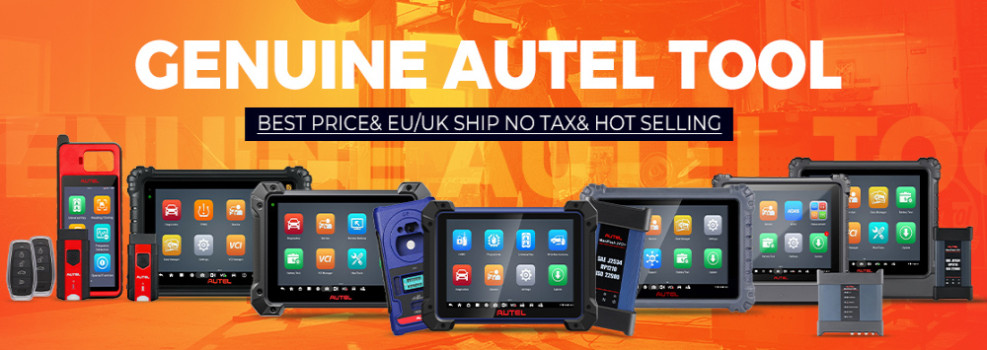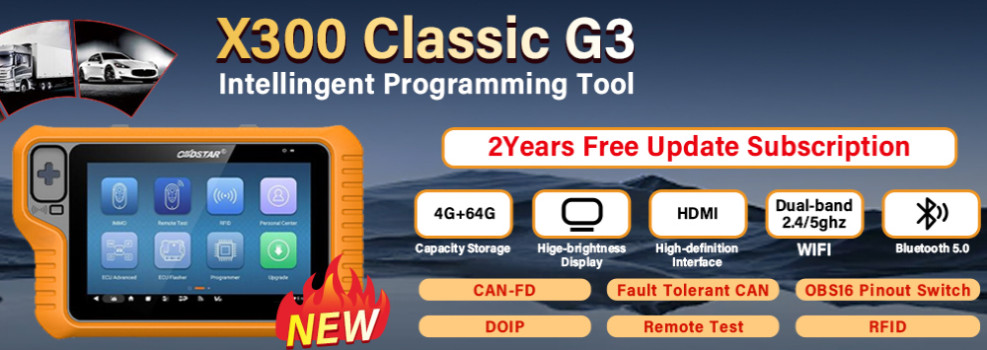This post is to recommend BMW INPA/Ediabas OBD & ADS Interface to access all modules of BMW 740i E38.
Car model and year:
740i E38 with the 20pin round connector under the hood

Purpose:
To access to all modules to diagnose
Tool to use:
EDIABAS compatible OBD2 and ADS interface, price only €18 free shipping at www.cardiagtool.co.uk

Analysis:
The bottom line is that if your car has a round BMW 20pin diagnostic port under the hood and pin 15 of that port is populated and has voltage, an ADS interface will be required in order to access and code all available modules without issues. An ADS interface works best with a computer with a true serial port. A modified VAGCOM KKL interface with emulated ignition signal will also provide similar access, however where coding procedures require toggling of the ignition signal, there will be an issue due to the inablility of these interfaces to detect a true ignition signal. If the 20 pin diagnostic port of your car does not have pin 15 populated, interface options would be an EDIABAS compatible OBD2 interface, Switchable ADS/OBD interface (running in OBD mode), VAGCOM interface with ignition signal detection or K+DCAN interface running in KCAN mode. INPA software is free, developed by BMW for their own use, fast and accurate, which ticks all the boxes for me at least.
If you look closely at the port, each pin is individually identified with its pin number and looking at your configuration it appears that your car has 11 pins of the 20 pin port populated, namely Pin 1 (TD Engine), Pin 2 (TXD2 Diagnostic data link), Pin 4 (Terminal R -Voltage hot in accessory, run and start position), Pin 7 (Service interval reset), Pin 12 (Generator charge indicator), Pin 14 (Terminal 30, voltage hot at all times), Pin 15 (RXD- L data line), Pin 16 (Terminal 15S – Ignition switch voltage in run and start position), Pin 17 (TXD2 – K data line), Pin 19 (terminal 31 – Ground) and Pin 20 (TXD – K data line).
Diagnostic wiring on 7 series cars generally lags behind the 3 and 5 series cars, so unless you are lucky and a modified VAGCOM KKL interface with an emulated ignition signal reads this car, you will need an ADS interface for full diagnostic access.
Frequently asked question about BMW INPA/Ediabas OBD & ADS Interface:
Q: How does this Interface work?
A: It can be setup as STD:OBD2 Interface in OBD2 mode or as ADS in ADS mode.
Q: I have seen other auctions from other vendors for a higher / lower price, what’s the difference ?
A: Usually the price and the quality – Since our Interfaces are assembled and tested to the highest quality standards, It’s up to you (the customer) to compare price, product and terms and make your decision according to that.
Q: I have an older BMW that have an 20pin OBD1 connector under the hood, is that the right interface for it?
A: Yes, this Interface is the perfect choice for 20pin OBD1 vehicles – only with this interface all modules are accessible in certain 20pin OBD1 vehicles.
Q: I have an newer BMW that have an 16pin OBD2 plug inside the vehicle compartment, is that the right Interface for it?
A: As long as that BMW does not require DCAN yet you can use this Interface in OBD2 mode and it will cover all functions, however we also have to be honest and tell you that there is a cheaper alternative – the simple Interface we offer for 29USD in another auction can do the same job on such vehicles.
Q: Can’t I simply use the cheaper OBD2 interface sold by you and many other sellers together with some adapter cable for my 20pin OBD1 vehicle?
A: You can, however if your 20pin OBD1 vehicle requires real ADS mode not all modules will be accessible.
Q: How do I know if my 20pin OBD1 vehicle requires an real ADS Interface?
A: Check the 20pin OBD1 connector under the hood of your vehicle, if pin15 is installed you will need an real ADS Interface to access all modules. ( For more information about this please scroll down to “Choosing the right Interface” )


